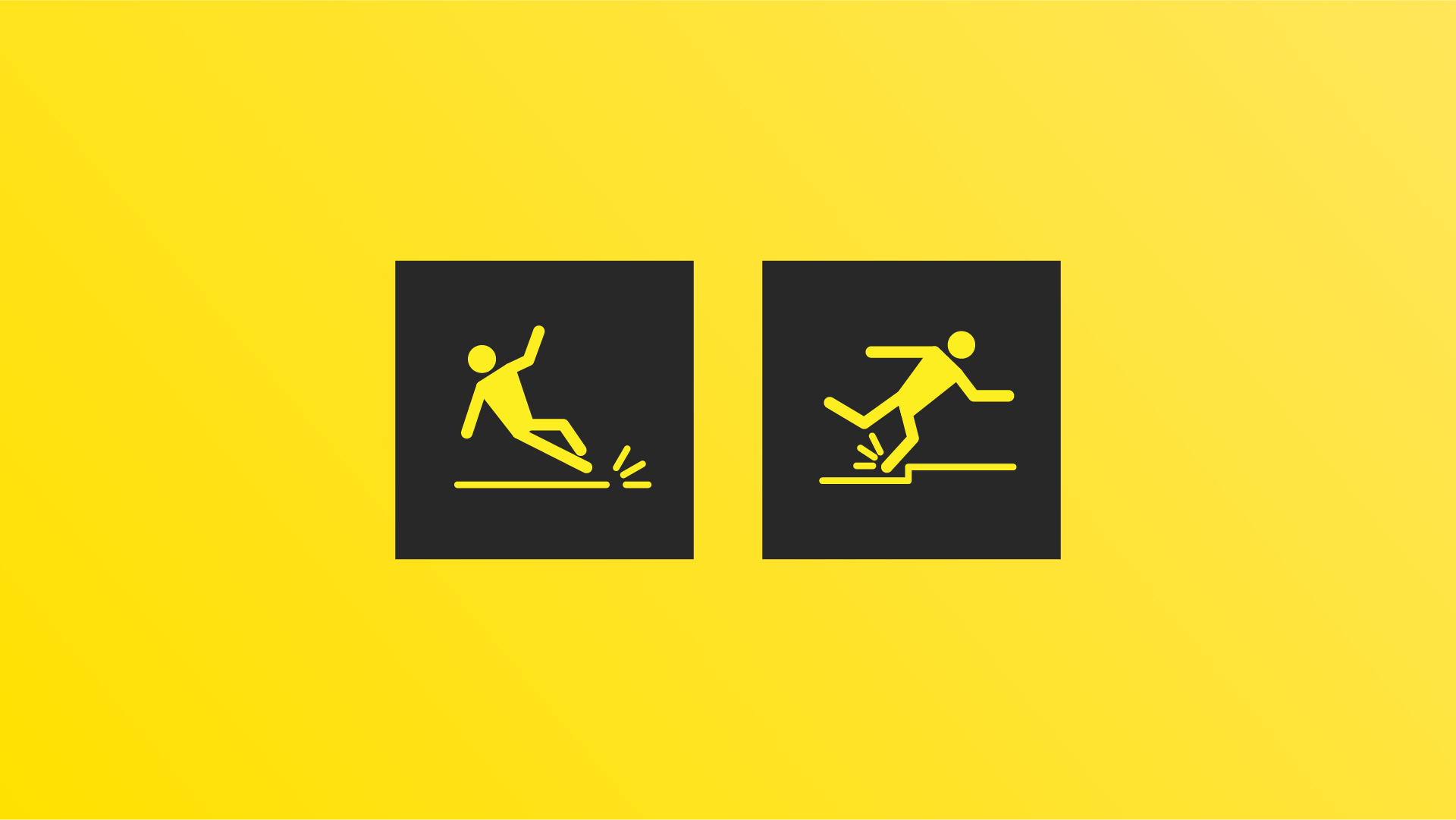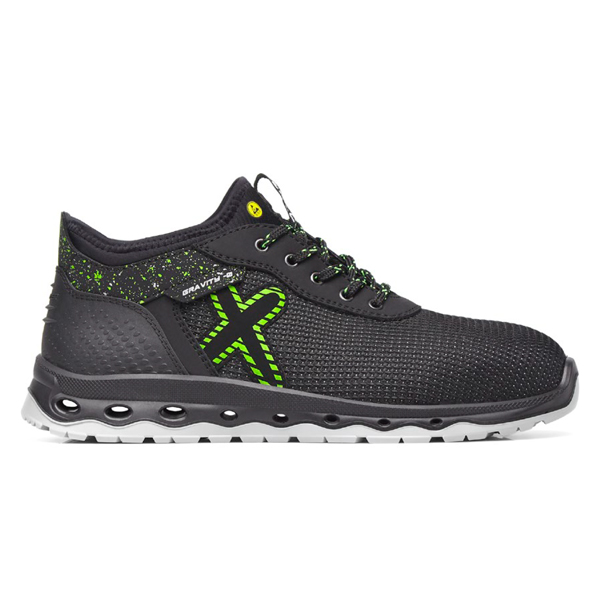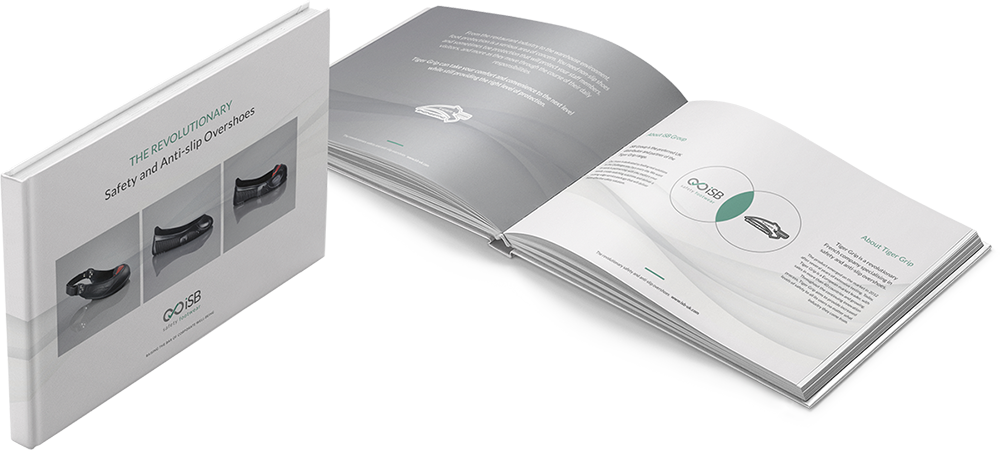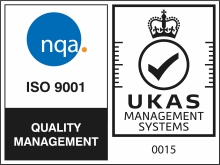
Despite the best efforts of health and safety officers, slips and trips still sadly account for close to a third of workplace injuries.
During winter months, poor light levels, ice and snow present additional hazards that increase the risk of accidents happening.
But the good news is that people don’t slip or trip by chance, and there is a lot businesses can do to reduce the risks in their workplace.
Good housekeeping
Educate your employees on the importance of keeping their workplace tidy and encourage a ‘see it, clear it’ culture to tackle potential hazards. Remember trucks and trailers are just as much a part of the workplace as offices and walkways, and should also be kept tidy.
Try to avoid the need for people to carry heavy or large objects over slippery surfaces. As well as obscuring their view, carrying these objects could cause more damage if they do slip and fall.
Where there is a risk of spillage of diesel or other slippery materials, ensure you have the correct spill-control measures in place to avoid leakage into areas where people or vehicles circulate. You should also have the necessary absorbents close to hand to deal with the hazard promptly in the event a spillage does occur.
Sensible footwear
Speak to your PPE provider about the various types of safety footwear available and try different ones to see which provide the most slip-resistance for the environments in which your employees work. Different footwear could be required during the winter to that used in summer months.
A key area for focus should be where workers must go outside in wet weather – such as to access forklifts or trucks – and then return inside. Smooth concrete surfaces are a major slip hazard in these circumstances, but the risk of a fall is vastly reduced if workers are wearing appropriate footwear.
Slip-resistant surfaces
When laying paths and floor surfaces, always consider their slip-resistance properties. Ensure external paving areas are slip resistant when wet, and that paths follow people’s natural ‘desire lines’ to avoid the risk of them taking shortcuts over grass or dirt that are likely to become slippery when wet. Many slip accidents happen at building entrances, so ensure entrance flooring is non-slip, or consider installing large, absorbent mats or canopies to trap the rainwater and prevent people walking it into the building.
Remember the need for slip-resistant floors also extends to truck access steps, trailer floors and tail-lifts.
Safe walkways
During Autumn and Winter, the weather creates additional hazards that need to be tackled promptly. Fallen leaves can become slippery when wet and as they start to decay, as well as hide any other potential hazards. Site Managers should have procedures for removing leaves from walkways at regular intervals, and consider cutting back or removing offending bushes or trees where possible.
Cold weather spells can also cause ice and snow to build up on the ground, increasing the likelihood of people slipping. To reduce the risk, businesses should have a proper system in place to manage freezing temperatures. Key areas for focus will be:
- Identifying the outdoor areas most likely to be affected, including building entrances, car parks, walkways, shortcuts, sloped areas, wet surfaces and shaded ground
- Monitoring predicted weather and temperature by using a weather service site like the Met Office or Highways England. It’s also a great option to install smart signs that display a warning message when the weather gets below a certain temperature
- Putting in place procedures to prevent an icy surface forming and/or to keep pedestrians off slippery surfaces, by using grit, covering walkways or diverting pedestrians to use less slippery routes. When using grit, ensure it is applied correctly to ensure its effectiveness and remember to remove any warning cones or signs once the hazard has passed or they will eventually be ignored.
Adequate lighting
There should be sufficient lighting around your workplace for people to be able to see and avoid any hazards that may be on the ground. Walk the main internal and external routes your staff use throughout their working day, paying attention to the effect of changes in natural light during the course of the day. If you can’t see hazards on the ground then you may need to install additional lights or upgrade the current lighting provision.
Preventing slips and trips in your workplace should be covered in a comprehensive risk assessment, looking at how your site can be effectively managed to control risk. Our team can offer further advice on this topic, so why not give us a call on 0121 749 4433 and find out how we can help.
You Might Like...
 1
1
Gravity Jupiter Safety Trainers- E3200
Ultra resistant textile TECNO-TEXT upper
 2
2
Gravity Jupiter Safety Trainers- E3200
Ultra resistant textile TECNO-TEXT upper
 3
3
Gravity Jupiter Safety Trainers- E3200
Ultra resistant textile TECNO-TEXT upper
 4
4
Gravity Jupiter Safety Trainers- E3200
Ultra resistant textile TECNO-TEXT upper

















